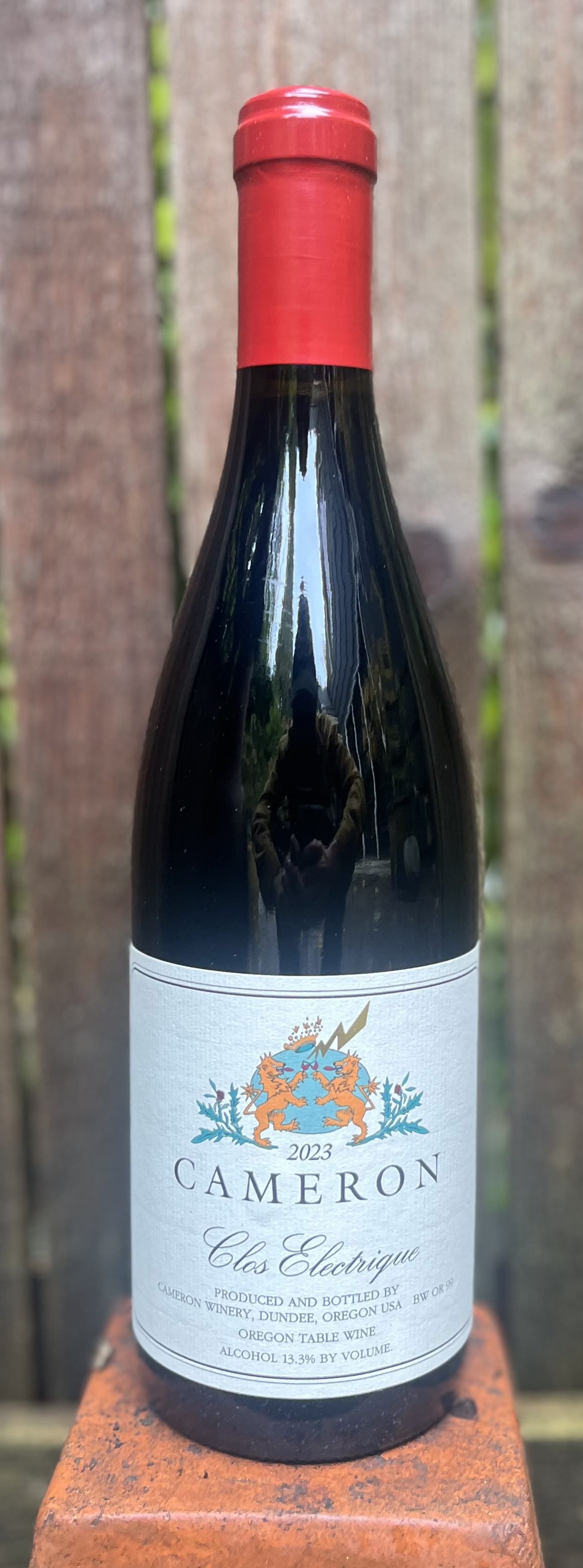A Primer on Pinot noir Genetics
From John, December 3rd, 2017Pinot noir (and Chardonnay to a lesser extent) is well known for consisting of a multitude of clones. You may ask “what is a clone?”
Within the Pinot noir genome are a number of variants which confer differences in things as diverse as how the vines grow (droit and fin), size and shape of clusters, vigor of the vine and so on. Within the Pinot noir genome are both chromosomes and free circular pieces of DNA called plasmids, both of which express genetic characteristics. The combination of all of this genetic material is what constitutes a clone.
The origin of plasmids is not particularly clear. Agricultural scientists like to refer to these pieces of genetic material as viruses but that is most likely a simplification. Pinot noir is thought to be genetically unstable and this may in part be due to changes (mutations) in the structure of the plasmids.
Over many generations, farmers in Burgundy have selected new clones that occasionally pop up in their vineyard…a vine with smaller clusters, or tinier berries, or darker color for instance. They then propagate those clones and, if the wine improves, those clones become a long term part of the massale (the selection of disparate clones) in that vineyard. This huge selection of genetic diversity within the great Burgundian vineyards has certainly contributed to the justifiably stellar reputation of these vineyards.
In the 1950’s, agricultural scientists both in California and France discovered that they could “sanitize” vines by destroying the plasmids in dormant Pinot noir and Chardonnay plant material by subjecting the cuttings to excessive heat. Because plasmid DNA is much more heat labile, it can be destroyed while the chromosomes remain. The resulting plant material produced vines with simpler clusters of large berries and generally more vigorous growth characteristics. These new “sanitized” vines are referred to as “indexed vines”.
I would argue that with the genetically-modified large clusters and large crops, the resulting wines are significantly inferior to wines made from the original non heat-treated vines. The controversy over “indexed vines” continues to this day. Now, if you want to purchase new cuttings from purveyors such as UC Davis, they must be indexed in order to be shipped to Oregon. It is a classic battle between industrial agriculture which strives for more production through genetic manipulation and small family farmers who want to produce quality food from old proven cultivars.
In my 35 years of experience, I have found that wines made from indexed vines (such as UC Davis 108 Chardonnay and Dijon PInot noir and Chardonnay) are just not as good as those made from old original clones. I encourage new vineyards to consider this when choosing cultivars to plant.
Share ThisRecent News & Rants
The 2025 Vintage
Fermentations are now mostly complete and the cellar is angling down to its winter
temperature, so now is the time to button up my cardigan and reflect on the vintage just completed.
The Broken Immigration System
Now that the harvest season is largely over in Oregon, ICE has started to raid the farming communities in the Willamette Valley, arresting literally tens to hundreds at a time. Without immigrant workers helping us, we have no chance of bringing in a harvest next year. So the question becomes “what can we do?”
There’s More... >Harvesting in the Midst of ICE Storms
In the midst of the ICE storm in Portland, we are fermenting our fruit from an exceptional vintage, hoping that what we will best remember from 2025
will not be the carnage wreaked upon our immigrant workers but rather 2025 as a truly magnificent vintage!


